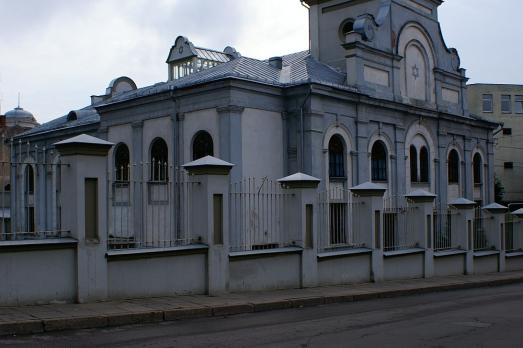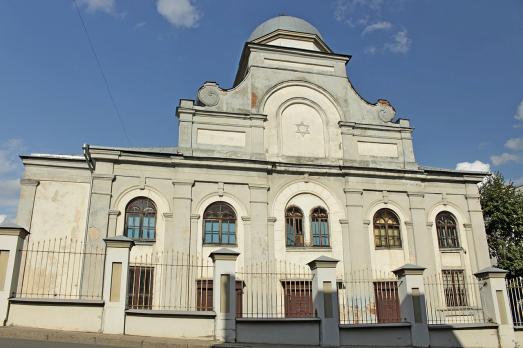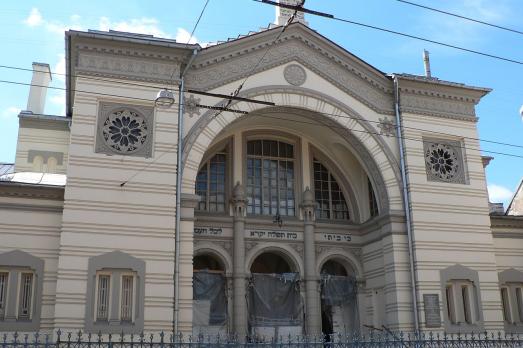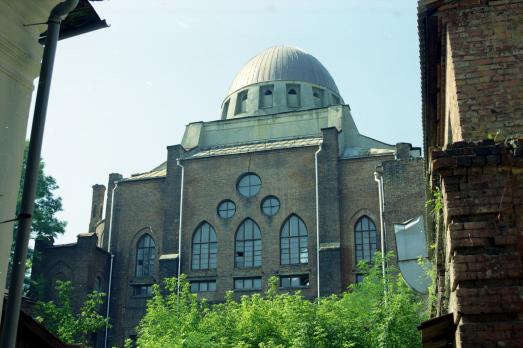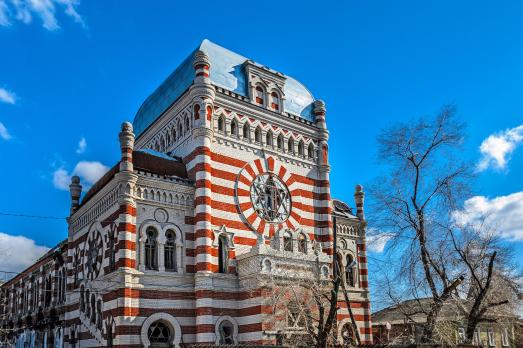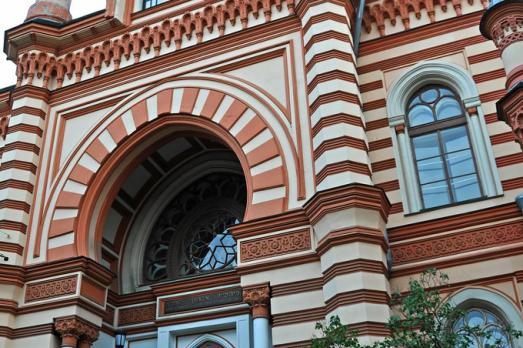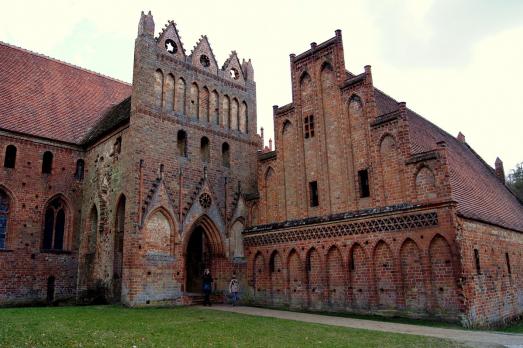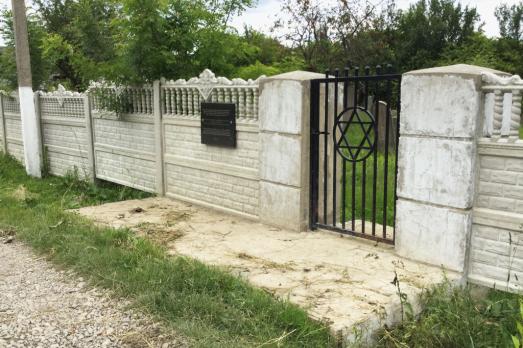
Choisy le Roy Cathedral
Choisy-le-Roi, FR
The cathedral, whose construction was decided by Louis XV, replaced the old cult building of the city which stood on the banks of the Seine and became too narrow. In 1966, it was raised to the dignity of a cathedral while waiting for the construction of the one in Créteil. Since then, it has retained the title of cathedral but not its function. Even today, it still retains traces of its originality: on the pediment of the south façade of the chevet, it bears the republican motto Liberté-Egalité-Fraternité (Liberty-Equality-Fraternity). The bell tower is abnormally low because King Louis XV did not like the sound of the bells. In the 20th century, a carillon was added to the bell tower playing the "Marseillaise" because Rouget de l'Isle was buried in Choisy. Louis XV and the Marquise de Pompadour attended mass from a small oratory with a tribune on the first floor of the choir.
